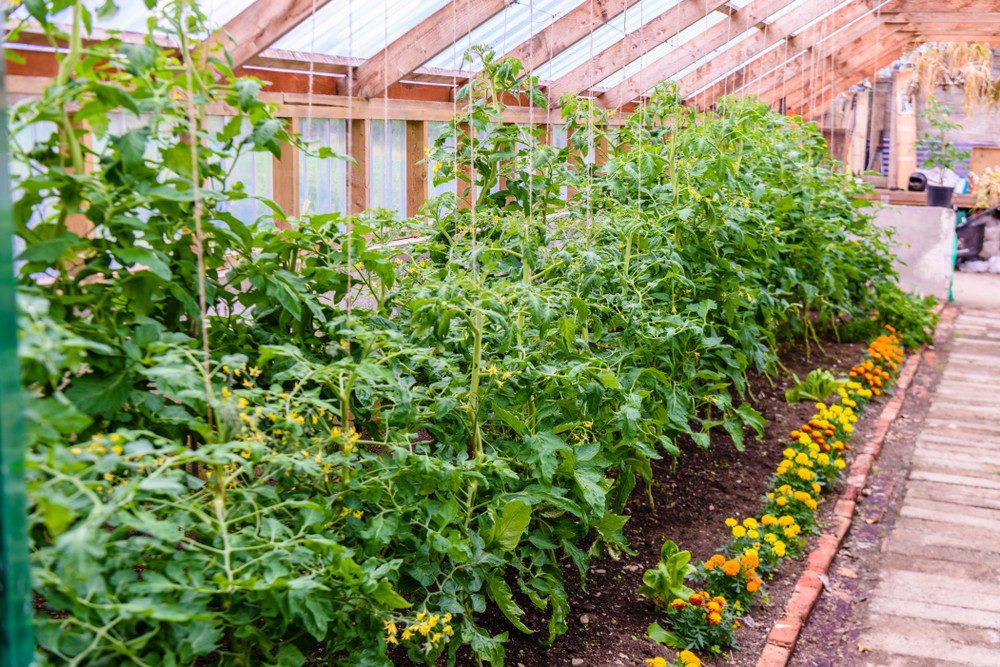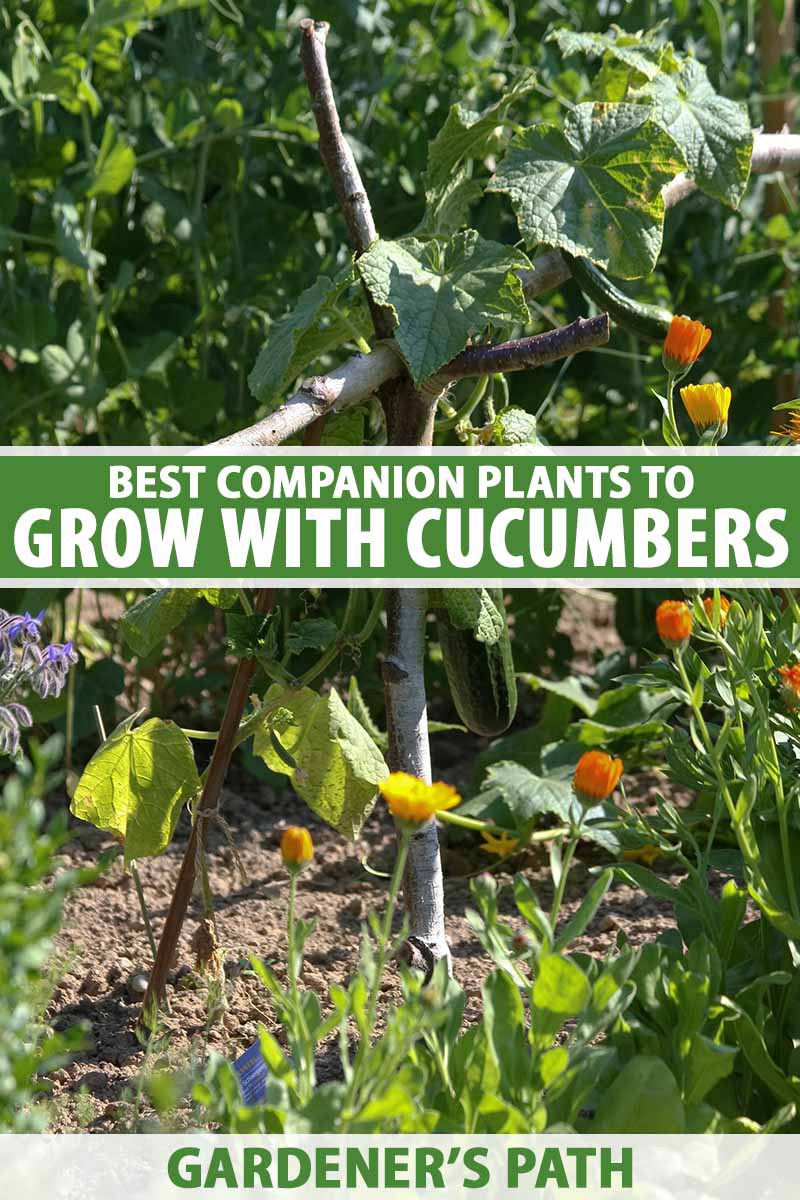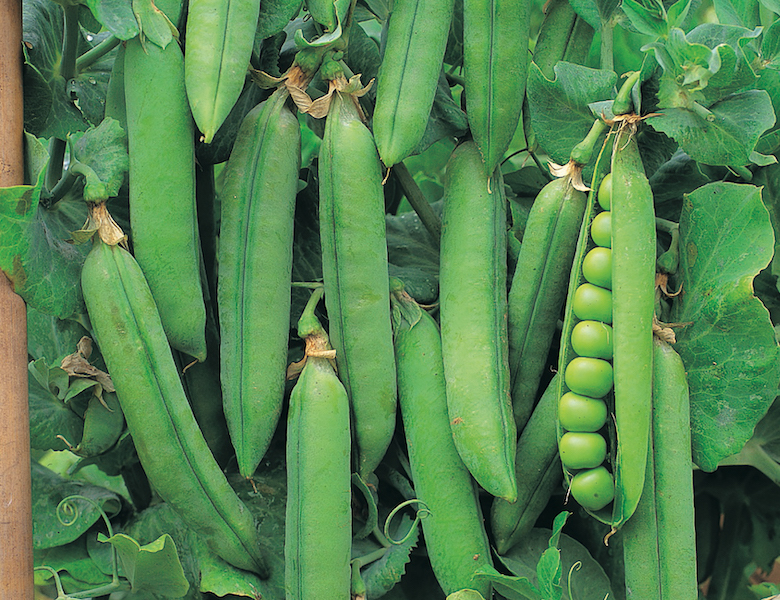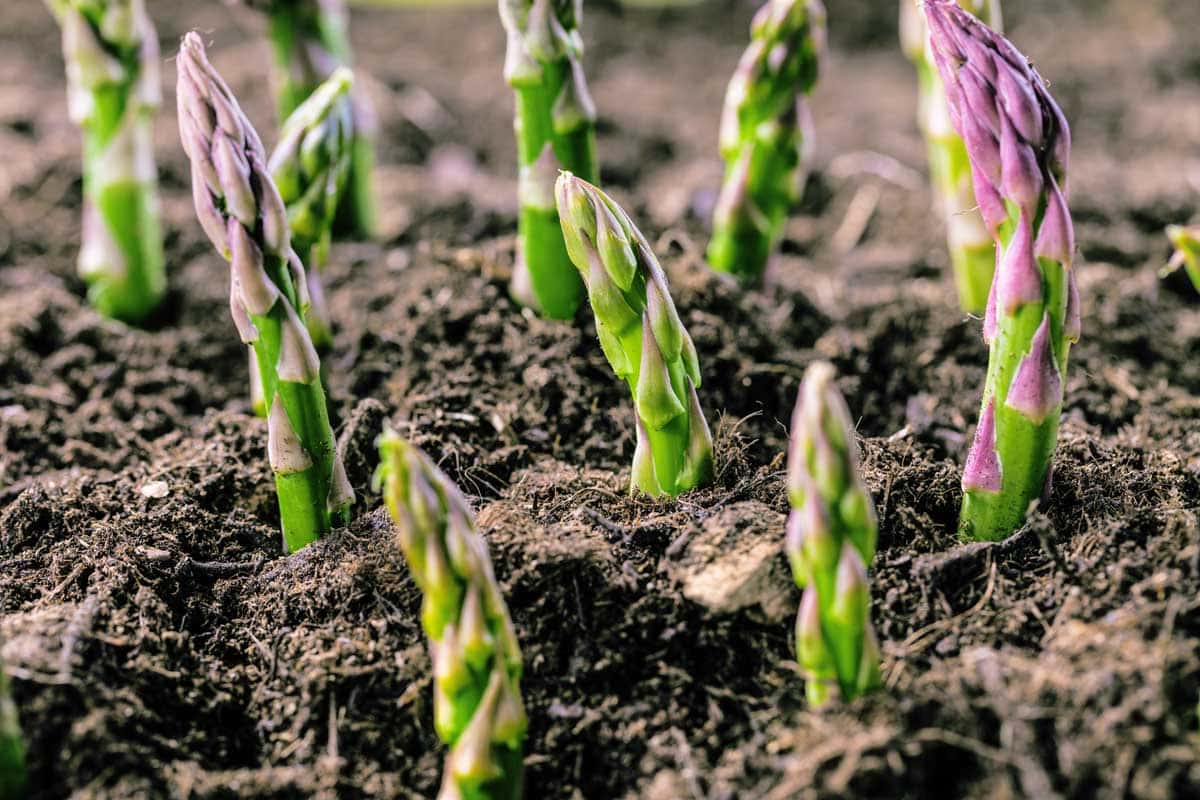Grow Beautiful Flowers And Protect Your Vegetables With Calendula
Grow Beautiful Flowers and Protect Your Vegetables with Calendula
Calendula is a beautiful and versatile plant that can be grown in both flower gardens and vegetable gardens. It is known for its bright orange and yellow flowers, which can add a pop of color to any garden. Calendula is also a great companion plant, meaning that it can help to protect other plants from pests and diseases.
In this blog post, we will discuss the benefits of growing calendula, how to plant and care for it, and how to use it in your garden.
Benefits of Growing Calendula
There are many benefits to growing calendula in your garden. Here are a few of the most notable:
- Attracts beneficial insects: Calendula attracts a variety of beneficial insects, including ladybugs, hoverflies, and lacewings. These insects help to control pests in your garden, which can save you time and money on pest control.
- Repels pests: Calendula also has a reputation for repelling pests, such as aphids, whiteflies, and nematodes. This makes it a great choice for companion planting with vegetables that are susceptible to these pests.
- Has medicinal properties: Calendula has been used for centuries for its medicinal properties. The flowers and leaves can be made into a tea or salve that can be used to treat a variety of ailments, including cuts, bruises, and burns.
- Is edible: Calendula petals are edible and can be used in salads, soups, and other dishes. They have a slightly bitter taste, but they can be used to add color and flavor to your food.
How to Plant and Care for Calendula
Calendula is a relatively easy plant to grow. It can be planted from seed or from transplants. If you are planting from seed, sow the seeds directly in the garden in early spring, after the last frost date. The seeds should germinate in about 10-14 days.
If you are planting transplants, wait until the seedlings are about 4 inches tall before transplanting them into the garden. Calendula prefers full sun, but it can tolerate some light shade. It does best in well-drained soil.
Calendula is a low-maintenance plant. It does not require much fertilizer or water. However, it is important to deadhead the flowers regularly to encourage new growth.
How to Use Calendula in Your Garden
Calendula can be used in a variety of ways in your garden. Here are a few ideas:
- Companion planting: Calendula is a great companion plant for a variety of vegetables, including tomatoes, carrots, and asparagus. It can help to protect these plants from pests and diseases.
- Edible flowers: Calendula petals are edible and can be used in salads, soups, and other dishes. They have a slightly bitter taste, but they can be used to add color and flavor to your food.
- Medicinal uses: Calendula has been used for centuries for its medicinal properties. The flowers and leaves can be made into a tea or salve that can be used to treat a variety of ailments, including cuts, bruises, and burns.
- Aesthetic value: Calendula is a beautiful plant that can add a pop of color to any garden. It can be used to create borders, fill in empty spaces, or simply add a touch of color to your vegetable garden.
Conclusion
Calendula is a versatile and beneficial plant that can be grown in both flower gardens and vegetable gardens. It is easy to grow and care for, and it has a variety of uses. If you are looking for a beautiful and useful plant to add to your garden, calendula is a great choice.
Calendula is a beautiful and versatile flower that can also be a great companion plant for vegetables. It attracts beneficial insects, such as pollinators and ladybugs, which help to control pests. Calendula also releases chemicals that help to repel harmful insects, such as nematodes and tomato worms.
If you're looking to add calendula to your vegetable garden, there are a few things to keep in mind. Calendula prefers full sun and well-drained soil. It can be planted from seed or from seedlings. When planting calendula, space the plants about 12 inches apart.
Calendula is a relatively easy plant to care for. It doesn't require a lot of water, but it does appreciate regular watering during hot, dry weather. Calendula is also a good choice for containers, so you can even grow it on your patio or balcony.
For more information about planting calendula with vegetables, I recommend visiting Gardenia Inspiration. This website has a wealth of information about companion planting, including specific recommendations for which vegetables to plant with calendula.
FAQ of planting calendula with vegetables
Q: What are the benefits of planting calendula with vegetables?
A: Calendula is a great companion plant for vegetables because it attracts beneficial insects and repels unwanted pests. For example, calendula attracts hoverflies, which are predators of aphids. It also repels tomato worms, nematodes, and whiteflies.
Q: What vegetables are good to plant with calendula?
A: Calendula can be planted with a variety of vegetables, but some of the best pairings include:
- Tomatoes
- Brassicas (such as broccoli, cabbage, and cauliflower)
- Carrots
- Potatoes
- Peas
- Squash
- Melons
Q: How do I plant calendula with vegetables?
A: When planting calendula with vegetables, it is important to consider the spacing requirements of both plants. Calendula should be planted about 12 inches apart, and vegetables should be planted according to their individual spacing requirements.
It is also a good idea to plant calendula around the edges of your vegetable garden, as this will help to deter pests from entering the garden.
Q: What are some common mistakes to avoid when planting calendula with vegetables?
A: Some common mistakes to avoid when planting calendula with vegetables include:
- Planting calendula too close to other plants.
- Not watering calendula enough.
- Not deadheading calendula flowers.
Q: How do I care for calendula plants that are planted with vegetables?
A: Calendula plants that are planted with vegetables need to be watered regularly, especially during hot, dry weather. They also need to be fertilized every few weeks with a balanced fertilizer.
Calendula flowers should be deadheaded regularly to encourage new blooms.
Image of planting calendula with vegetables
- Calendula and tomatoes. Calendula is a natural companion plant for tomatoes, as it helps to repel pests and diseases. This image shows a row of tomatoes planted alongside calendula flowers.

- Calendula and cucumbers. Calendula also helps to repel pests and diseases from cucumbers, making them a good companion plant. This image shows a bed of cucumbers planted alongside calendula flowers.

- Calendula and peas. Calendula helps to attract beneficial insects to the garden, which can help to control pests. This image shows a row of peas planted alongside calendula flowers.

- Calendula and carrots. Calendula helps to improve the flavor of carrots, making them a good companion plant. This image shows a row of carrots planted alongside calendula flowers.

- Calendula and asparagus. Calendula helps to repel asparagus beetles, making it a good companion plant for asparagus. This image shows a bed of asparagus planted alongside calendula flowers.

Post a Comment for "Grow Beautiful Flowers And Protect Your Vegetables With Calendula"